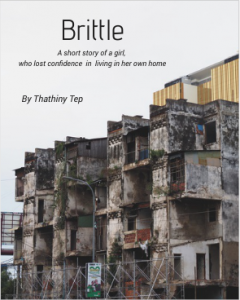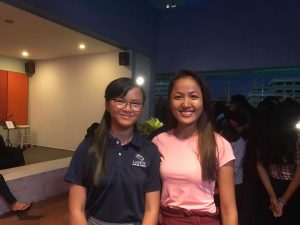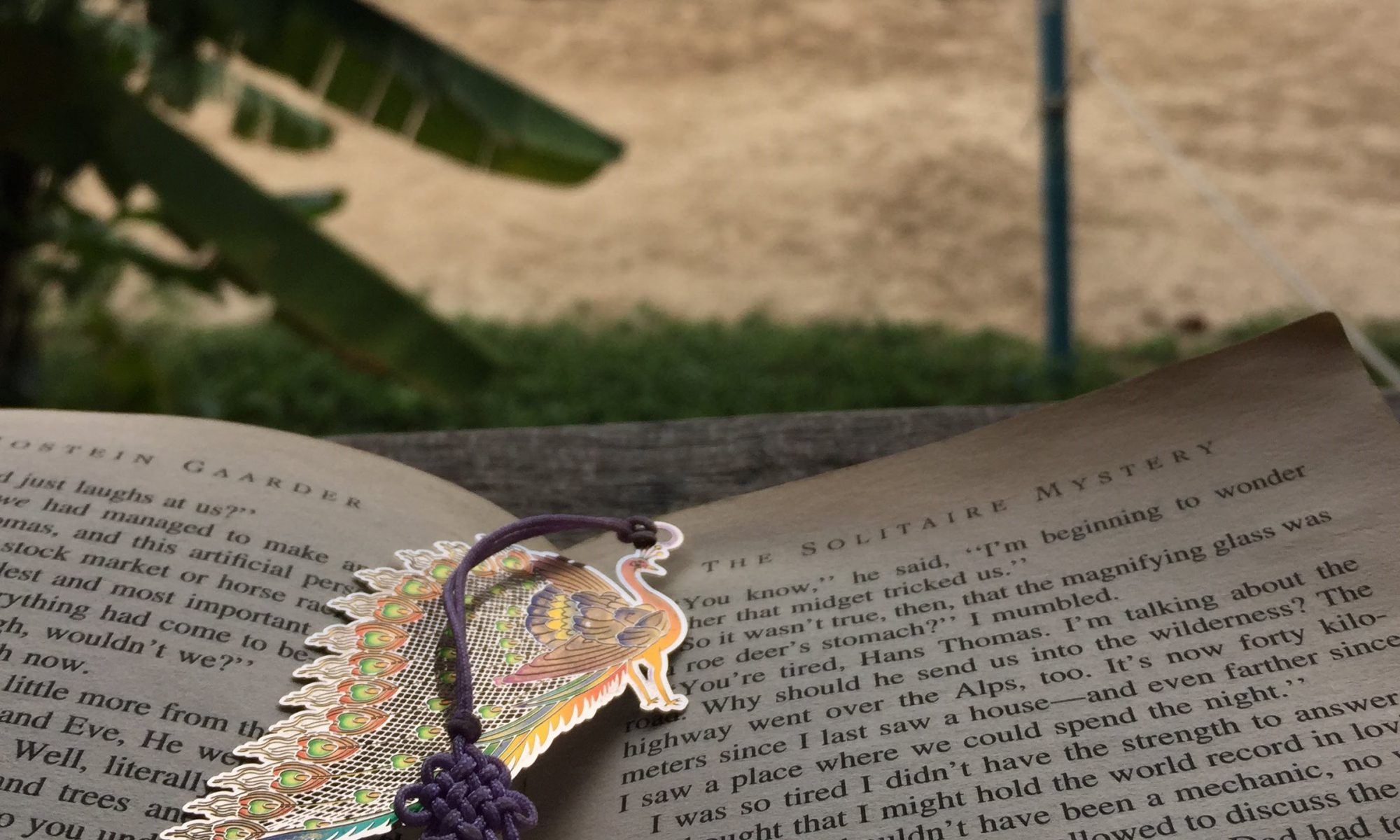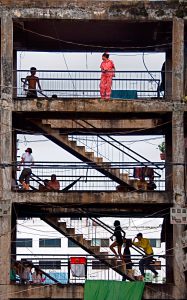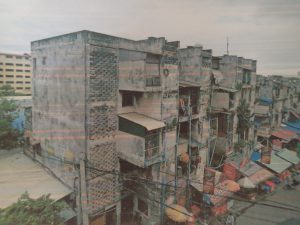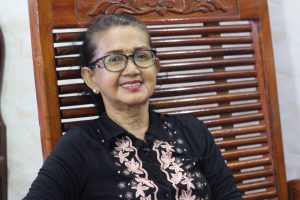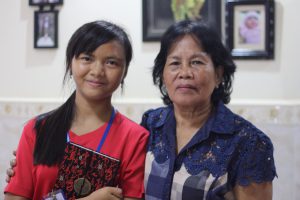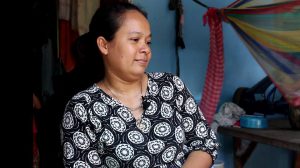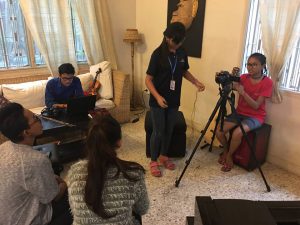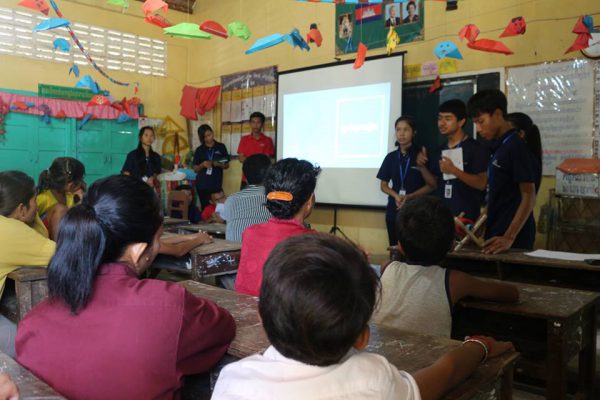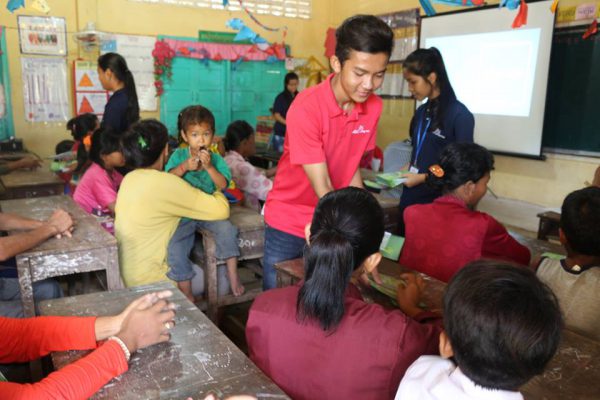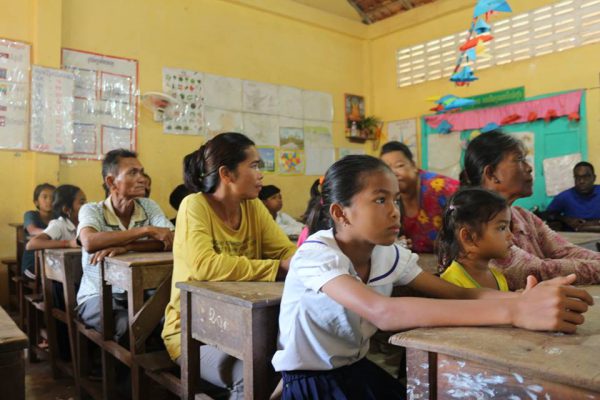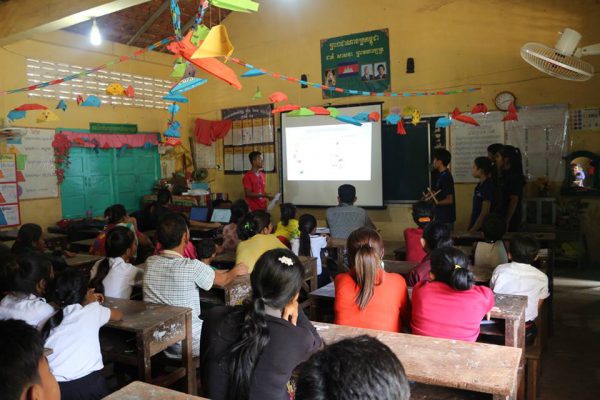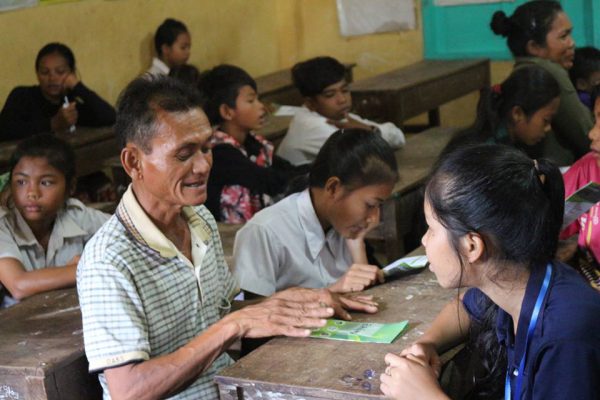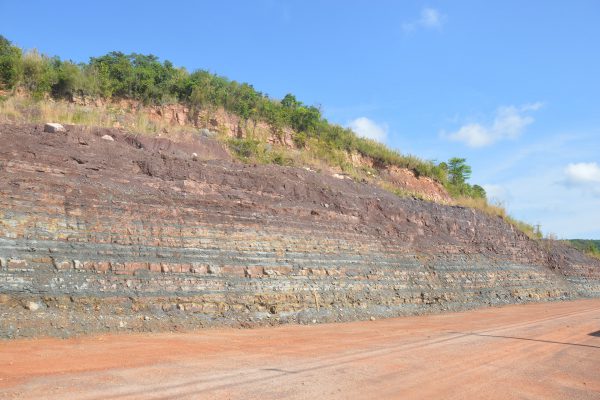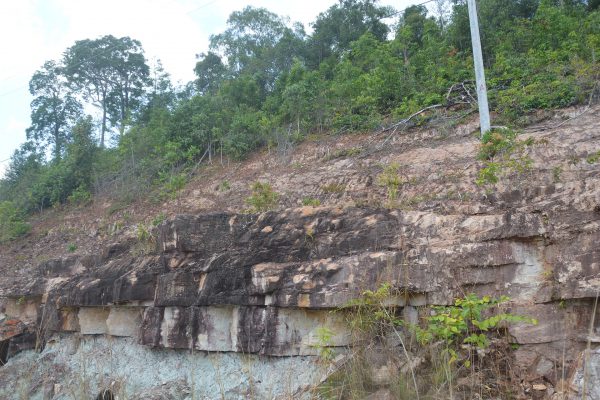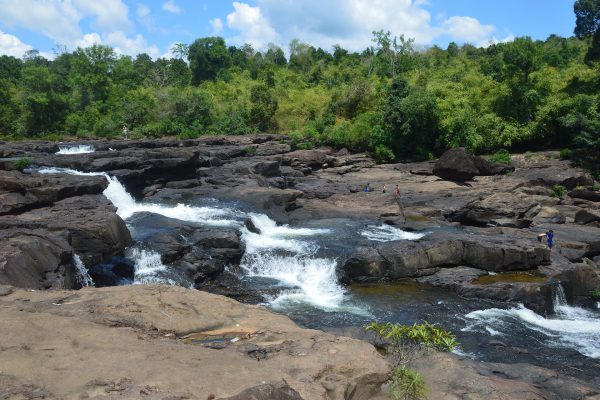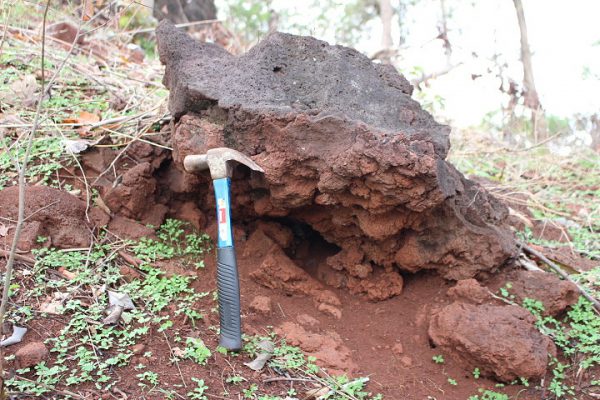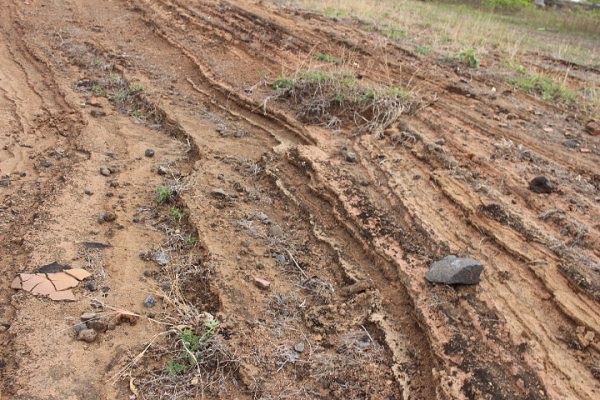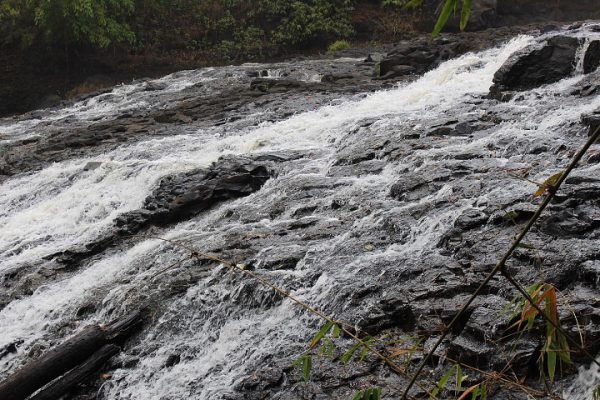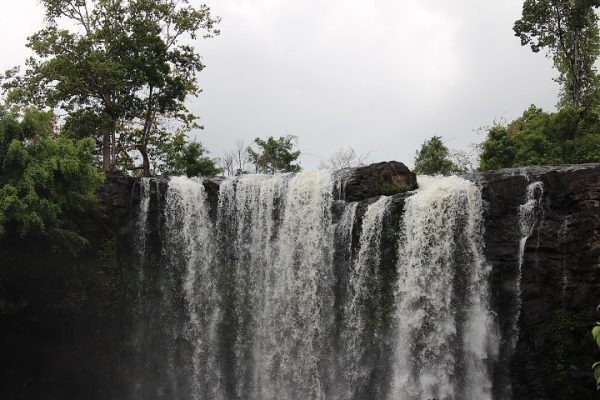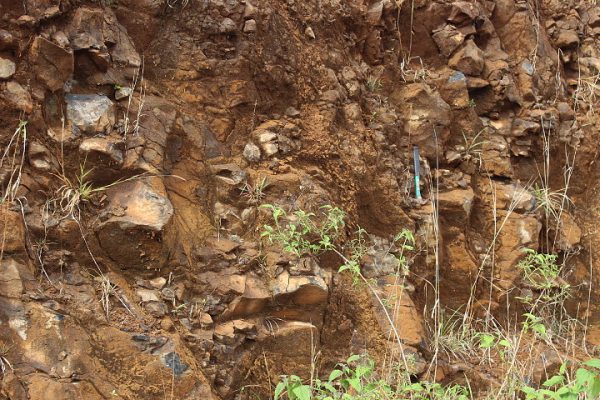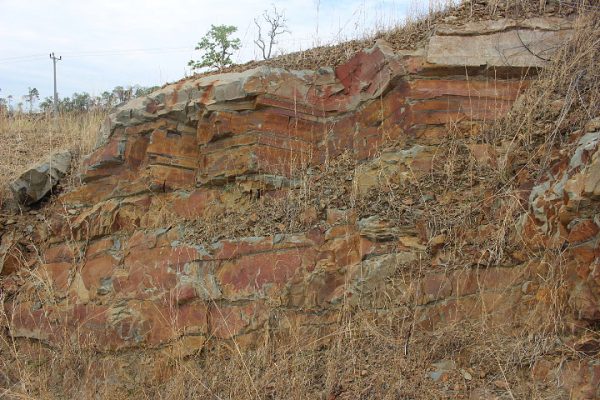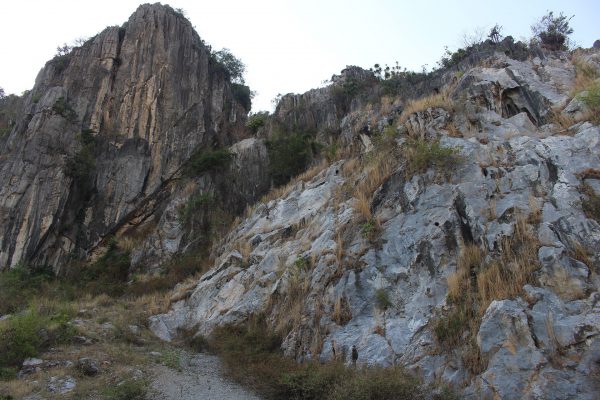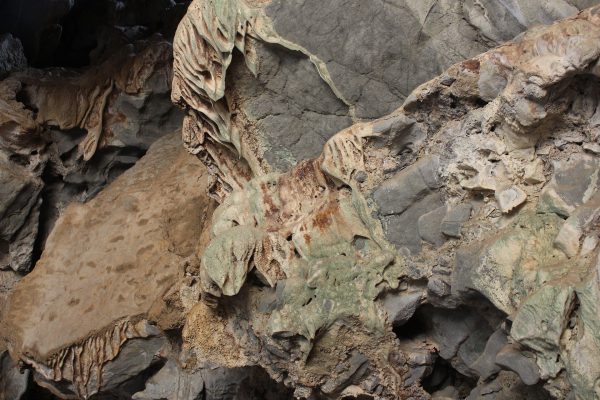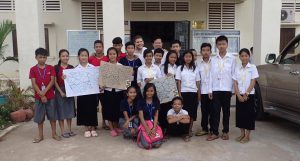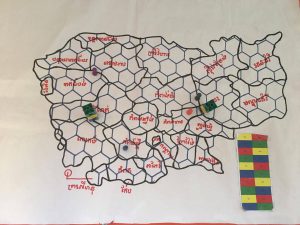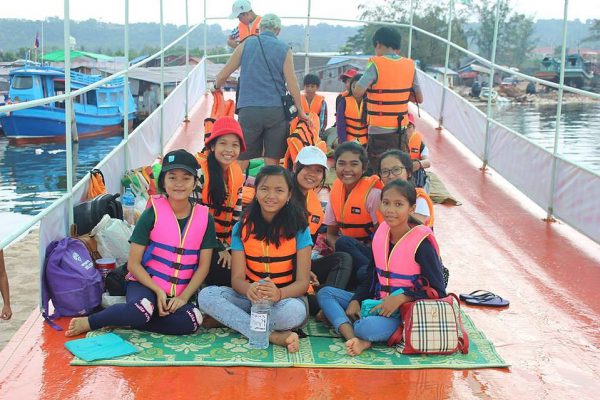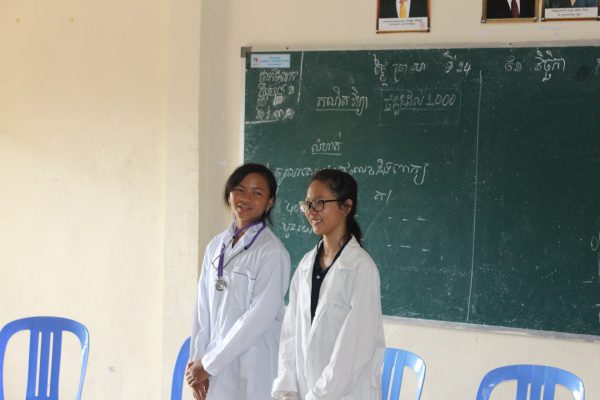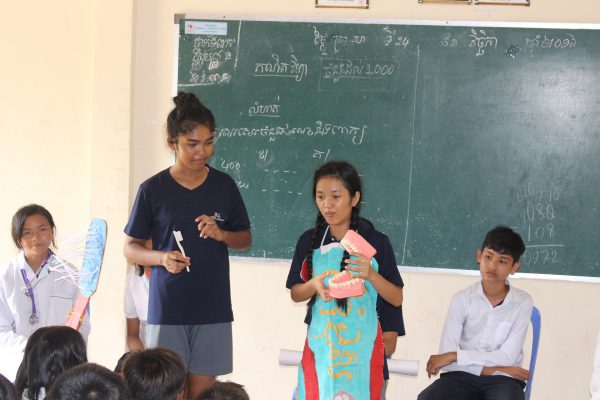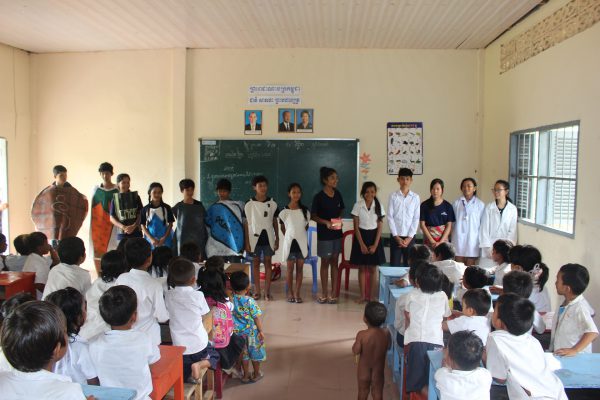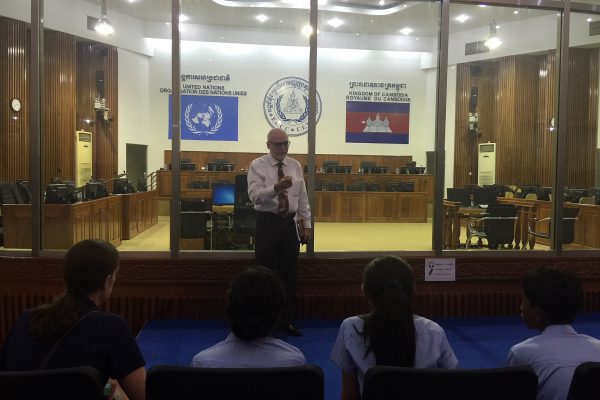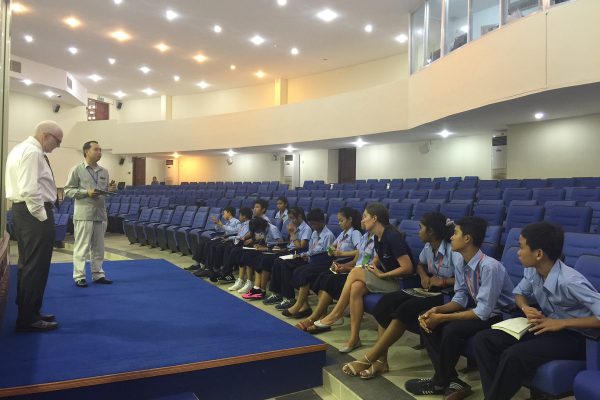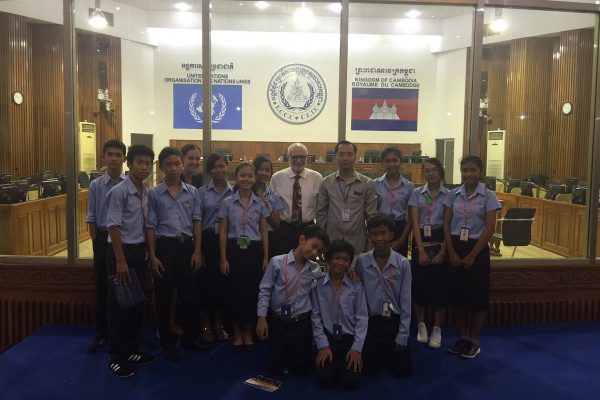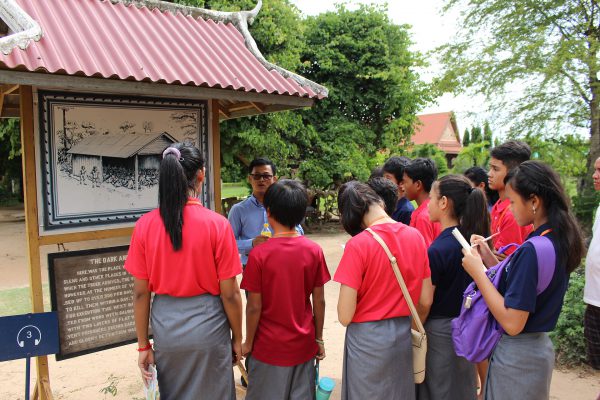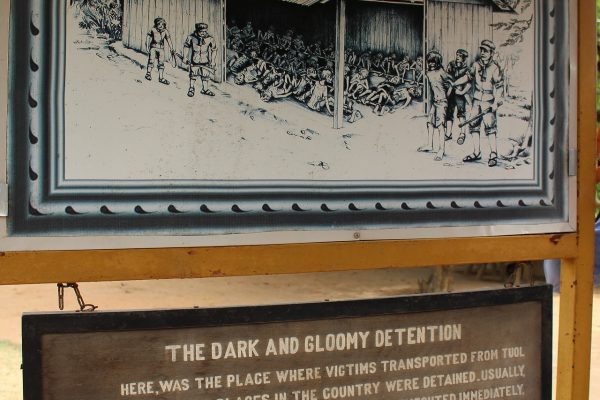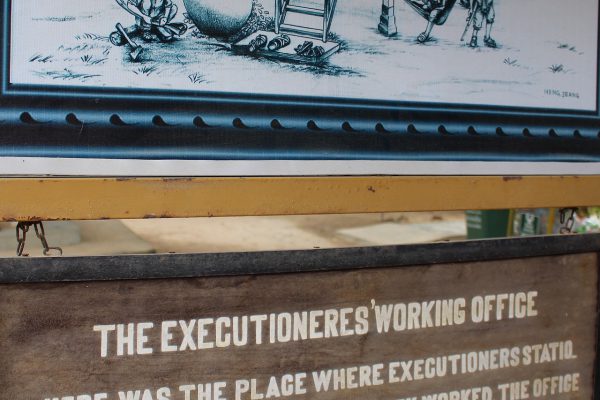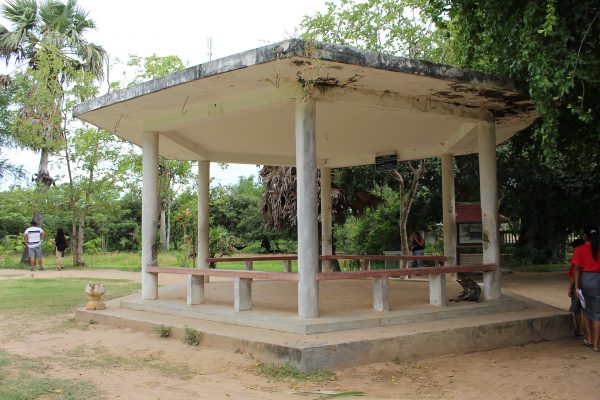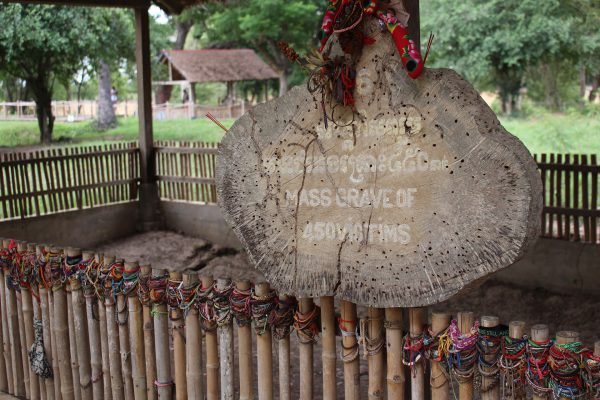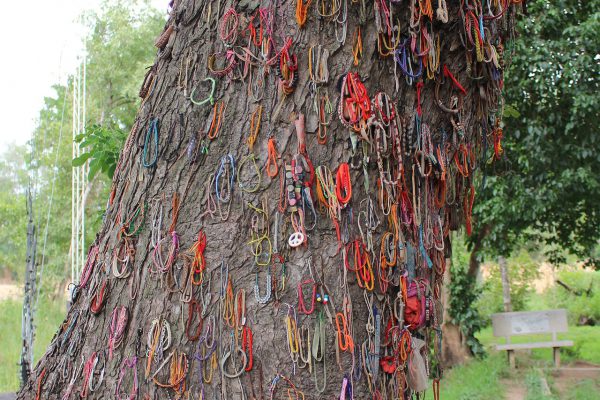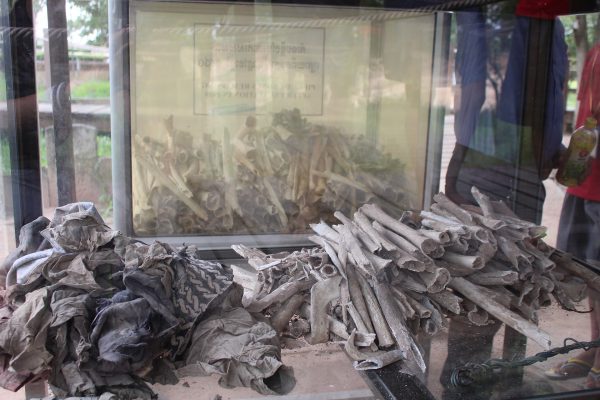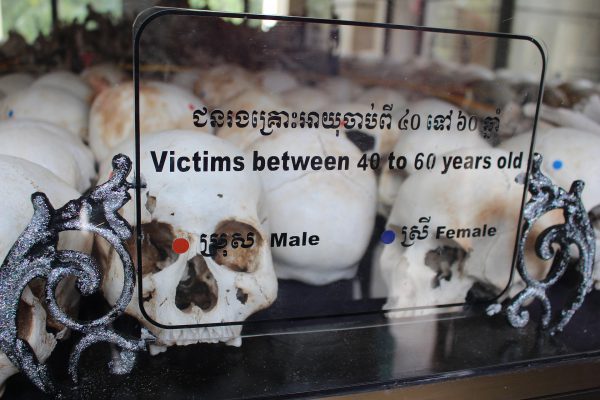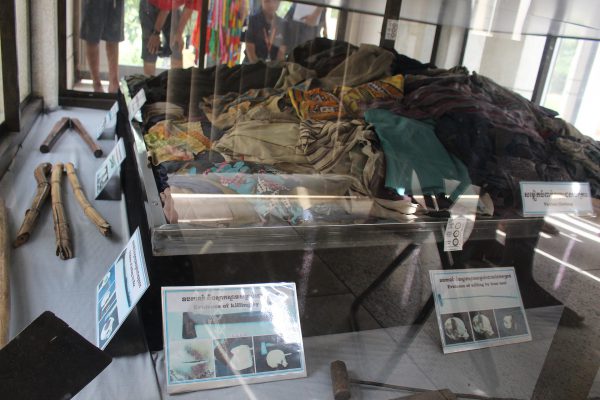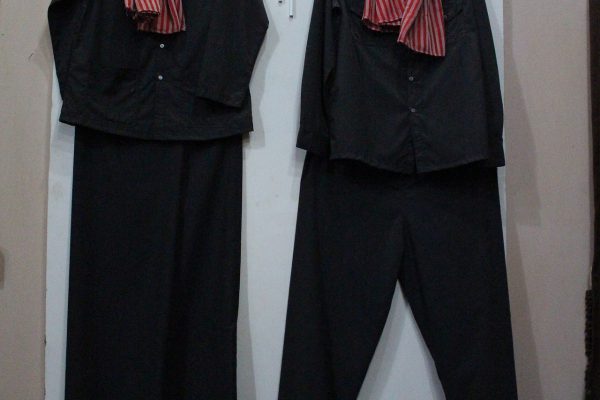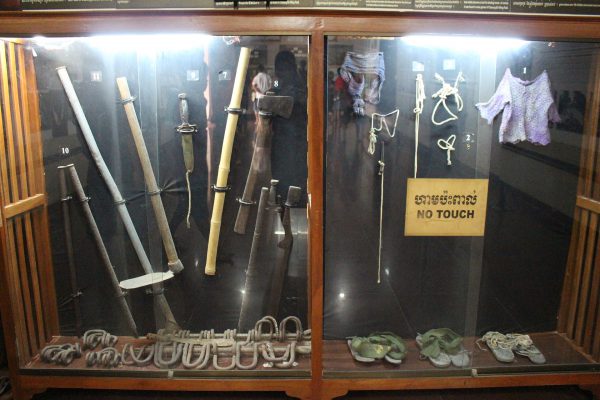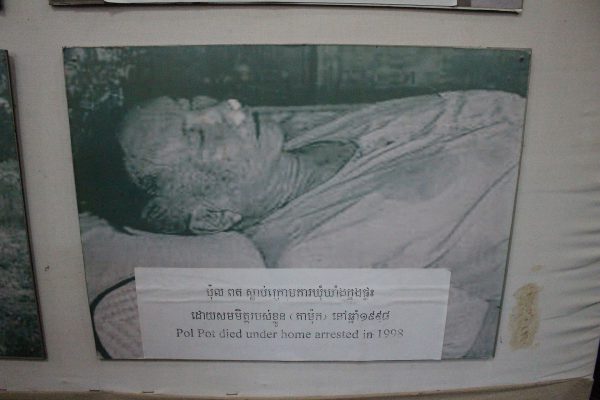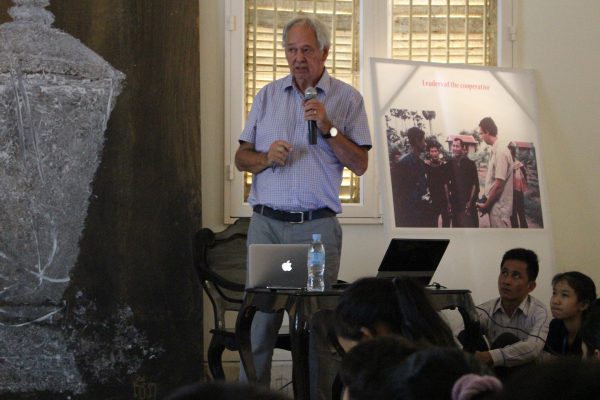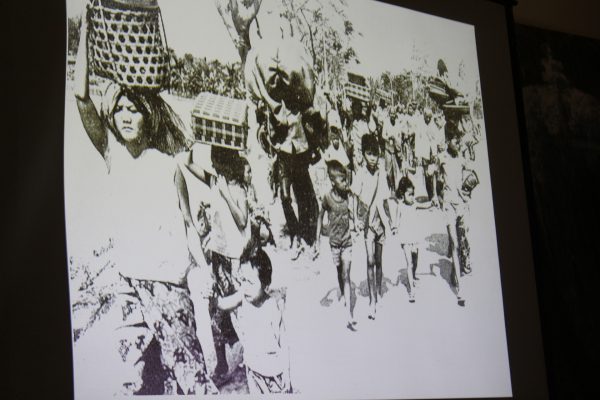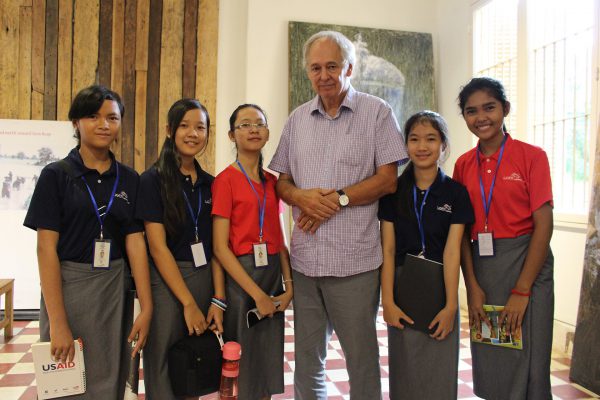Khmer Rouge Exploration is the first one that I had this year. Every student in Liger will get to be in this Exploration, but learning different topics. My team was the first who learned about Cambodia before the Khmer Rouge. Throughout our Exploration, we’ve learned a lot of things through many different sources. We went on many different trips, including a trip to The Extraordinary Chamber of the Court in Cambodia, the Beoung Choeung Ek killing field and a trip the Nation Institute of Education (NIE) to listen to a presentation from a Swedish man, Gunnar Bergstrom.
The Extraordinary Chamber of the Court in Cambodia (ECCC) is a combined a court that’s working to find justice for millions of victims during the devastating time in Cambodia, the Khmer Rouge. In 1997, Cambodia’s government requested the United Nation to have this court. The process of establishing this court takes so much time that until 2007, the tribunal was fully operated.
On the 25th of August, 2016, a group of students, including me, who studied about the Khmer Rouge went to the tribunal. We supposed to be sixteen or above in order to go into the court because they don’t want us to have trauma by listening to the things discussed in there. Our teachers begged them so hard to get us in there. Eventually, five of us could go in and I was one of the students.
In the tribunal, there are four cases and in case 002 there are two parts. On that day, the court discussed case 002/02, where they talked about forced marriages. It seemed like they didn’t talk much about the topic because they had a problem of telling the name of the witness. Also, the defense lawyer didn’t answer the questions from the witness.
They summarized what they were talking about in the tribunal after it ended, so all of us got to go in and listened to the briefing.
It was a very amazing experience knowing more about Cambodia history and how they find justice for Cambodians.
The Beoung Choeung Ek killing field is one of the main killing fields during the Khmer Rouge time. There were 20,00 thousand people died in this field, including 9 foreigners (mostly journalists). There are 129 mass graves in the killing field and three are the main ones.
On September 12th, all the Liger students went to the NIE to listen to a presentation from Gunnar Bergstrom, which is a Swedish communist profession that was invited to come to Cambodia on August 12th, 1978. Pol Pot gave him a tour in Cambodia, but he didn’t show the devastating situation. He didn’t know that the Pol Pot regime was killing and punish Cambodian people. He thought it was a very good way of communist. Swedish people also didn’t believe that Khmer Rouge was a mass murder. They believe that it was a dream utopia that they should follow.
Gunnar was supporting Pol Pot, but didn’t realize that he was bad until two weeks after he went back to his country. He came back to Cambodia to apologize in 2008 and again this year. He went around Cambodia to talk to people through interviews and presentations. Some people thougth he lied, a lot of people forgive and he said they were nice.
